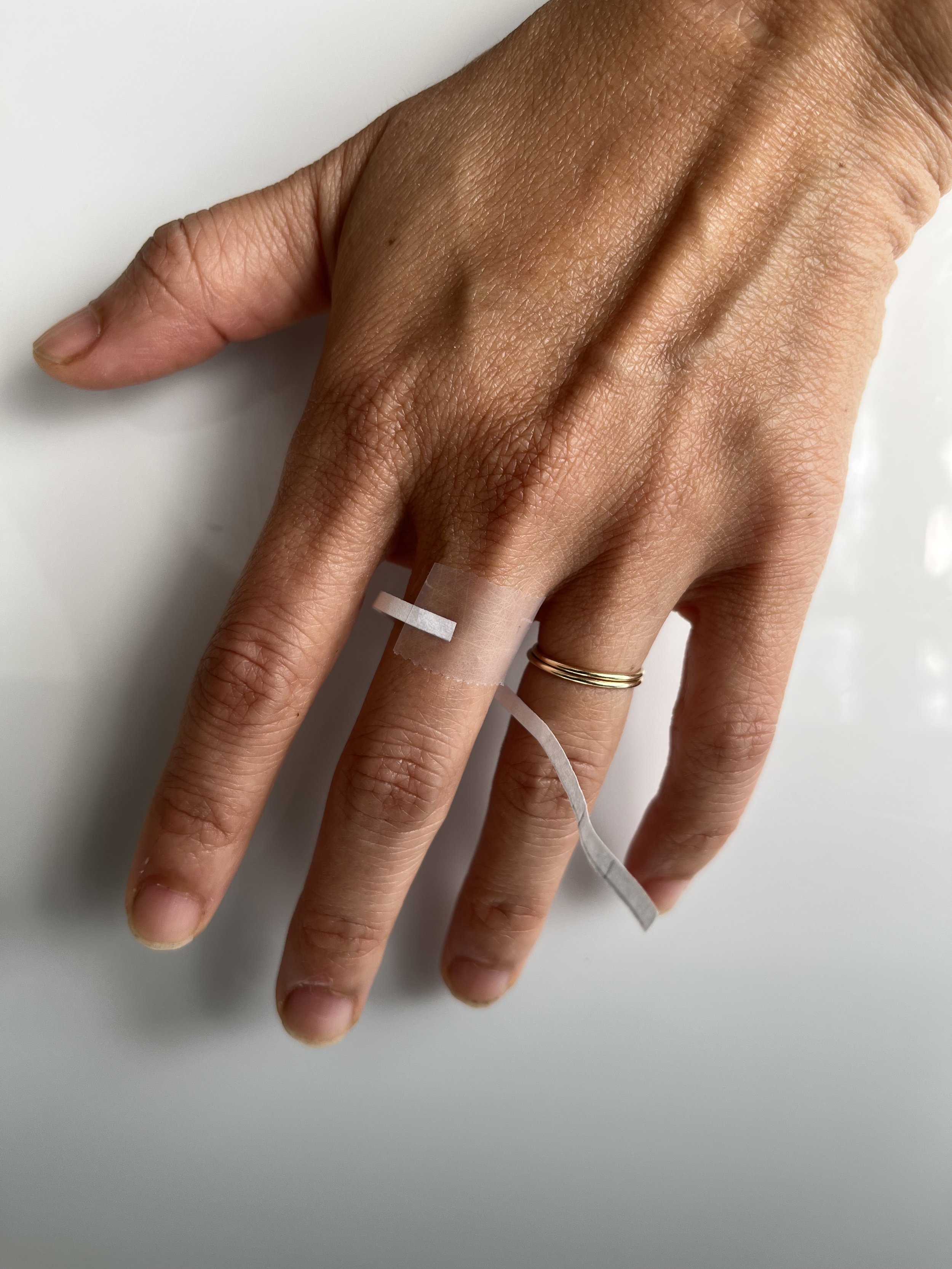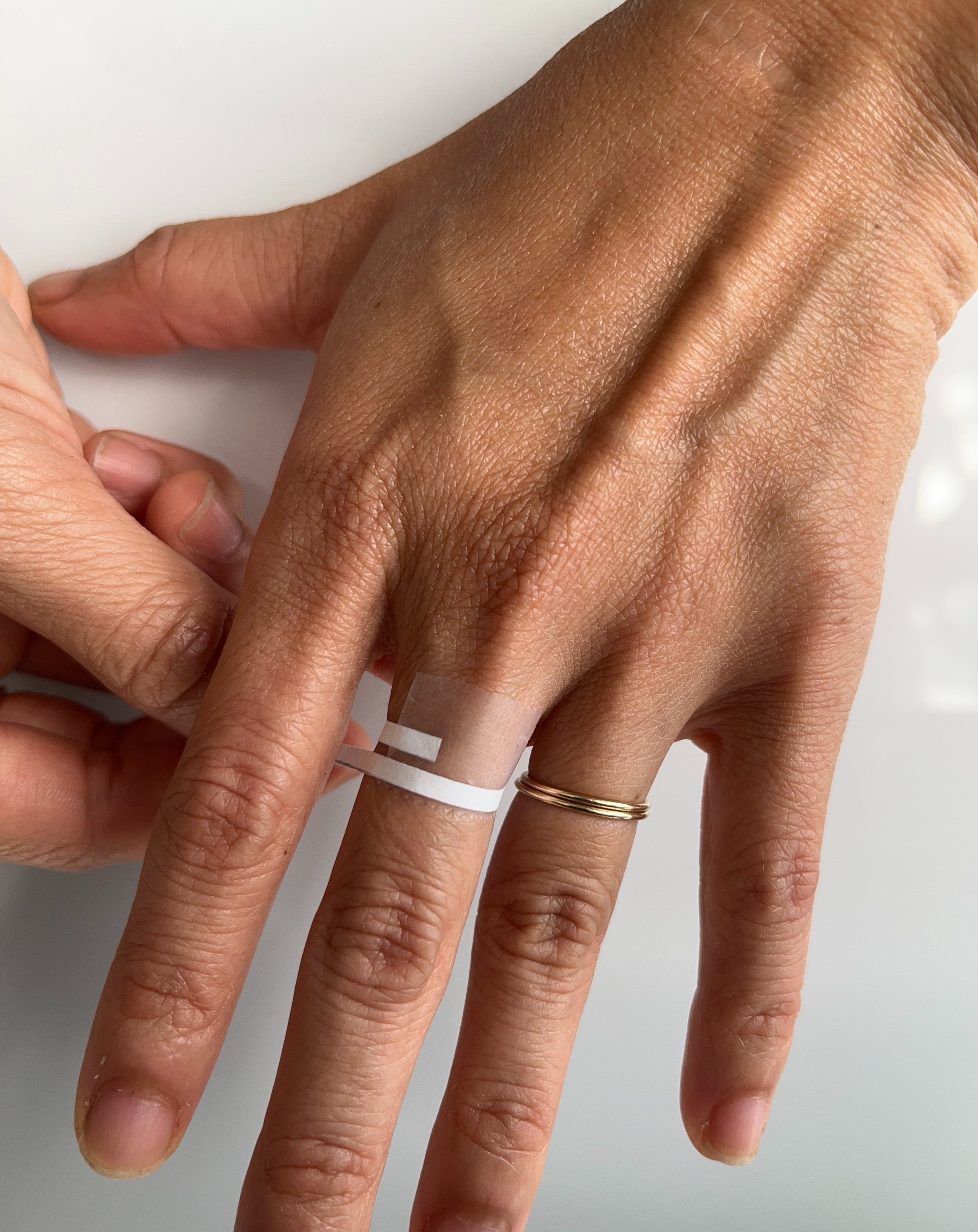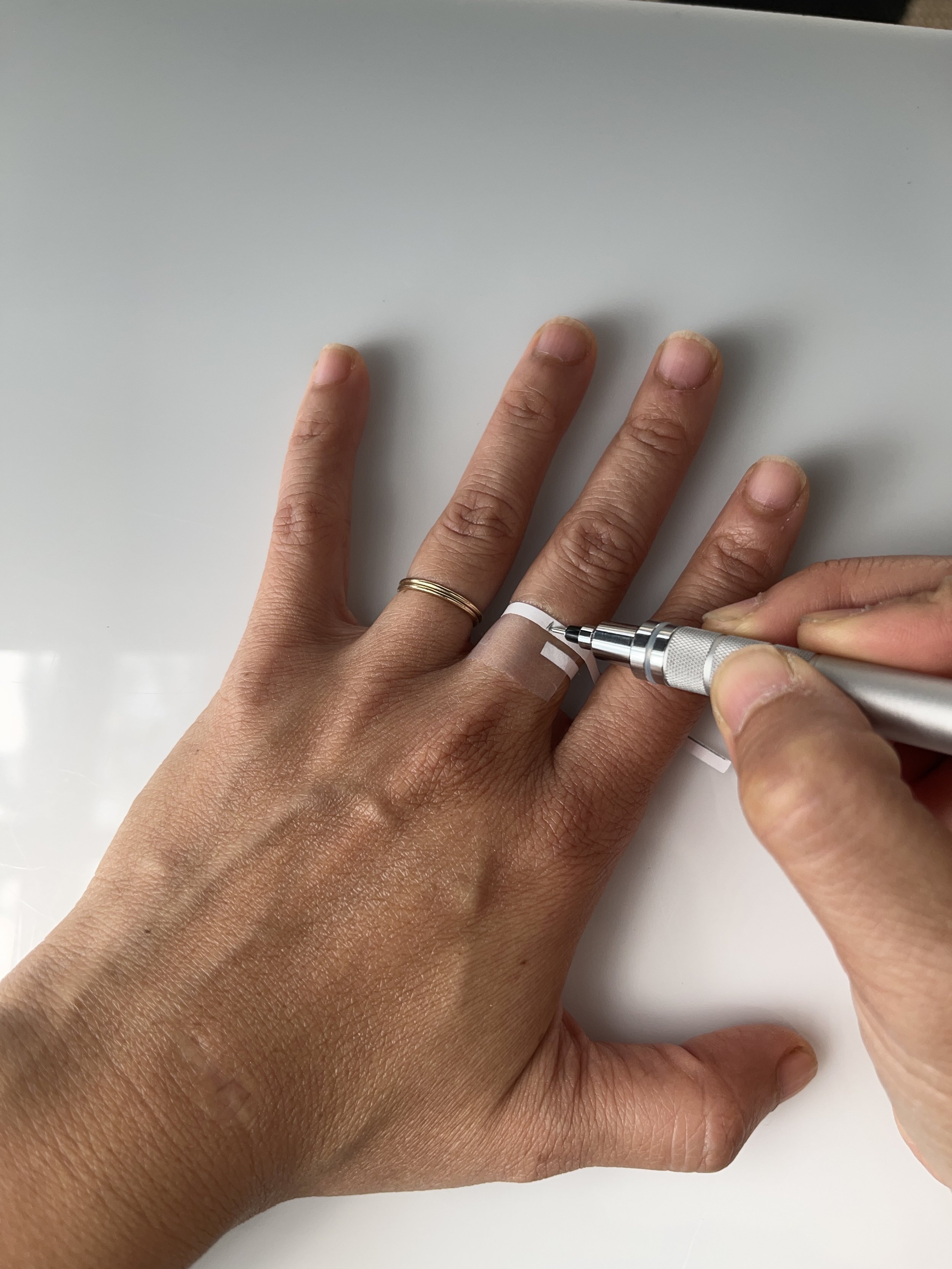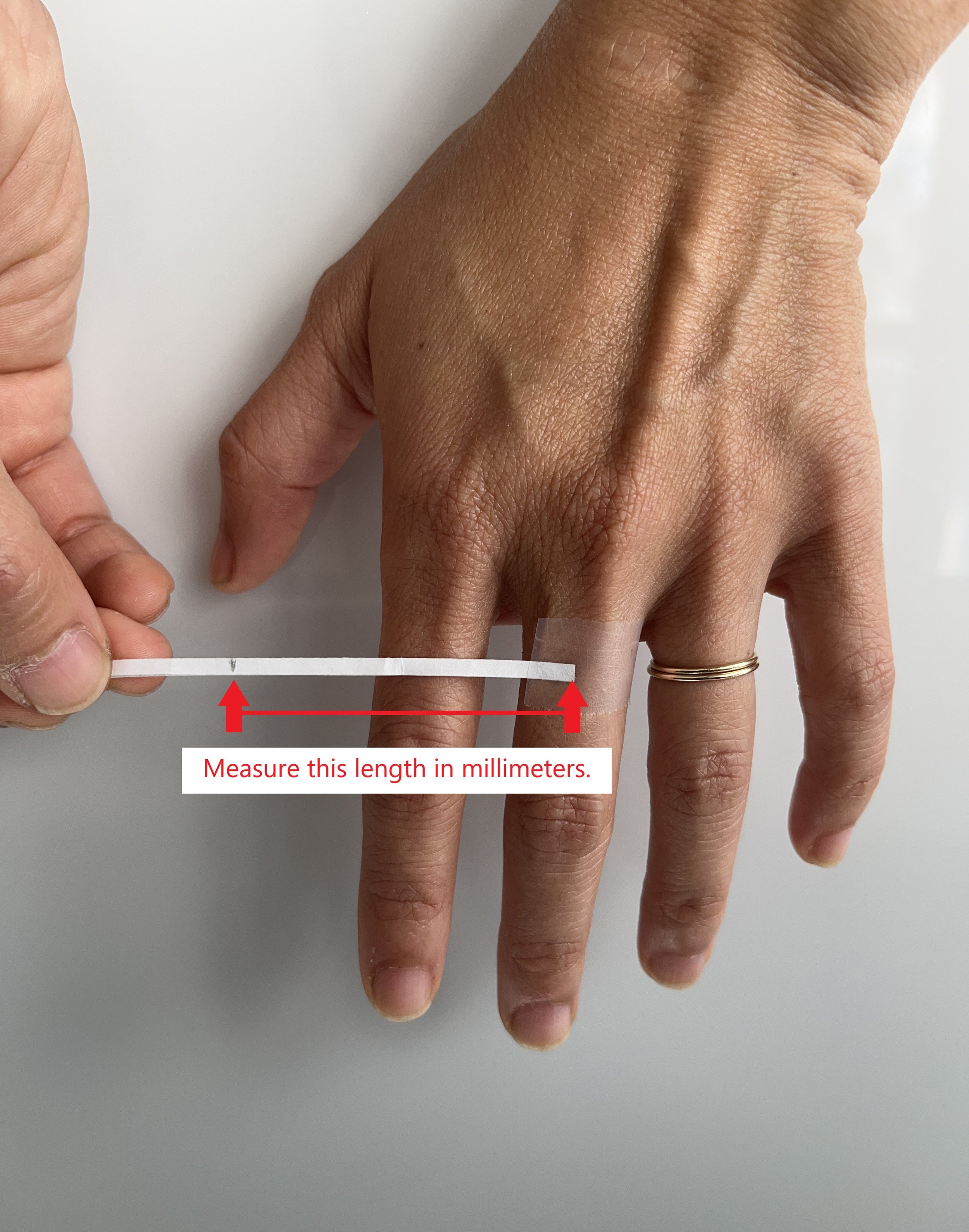TYTIN TALKS SHOP: How should I size my finger & how should my ring fit?
Over the many years of working with clients on custom design, I tend to get a lot of the same questions and chat about a lot of similar topics. I decided to highlight each of these questions/hot topics here in my new series I’m calling Tytin Talks Shop.
For our first topic, I’m going in depth on ring sizing. Oooo, ahhhh. Such a simple concept, but obviously a very important one.
Did you know that rings are measured differently in different countries?? The UK uses an alphabet system while most of the Asian countries use whole numbers. Here in the US and Canada we also use numbers but we also include fractions in increments of 1/4. No matter which system you use, one thing remains consistent, and that’s the circumference of your finger. This measurement will determine whether you’re a 6.5 (US), or an N (UK), or a 13 (Japanese).
So how do you go about measuring the circumference of your finger? For simplicity sake, I would suggest cutting a strip of paper about 3mm wide for a traditional, narrow-style ring and wrapping it around your finger. If you’re considering a wider style band (5mm +), cut a strip of paper that reflects that. Wider bands fit more snuggly than thinner bands so typically need to be a larger finger size.
When wrapping the strip of paper around your finger, I found it easier if you tape one end to your finger to hold it in place and then wrap the other end around. Mark the section where the pieces intersect, lay the paper strip out flat, and then measure that length in millimeters.
When wrapping the paper around your finger, it’s important not to wrap it around too tight where the paper squeezes your finger. You want to imagine this paper as metal which is not as malleable. So when wrapping it around your finger, just wrap it tight enough where the paper just lays against your skin.
Now take that millimeter measurement and find the corresponding US Finger Size in the chart I’ve created below and that will tell you your finger size.
This method isn’t fool proof but it should get you closer than not knowing at all.
Now if you have the luxury of owning a set of ring sizers or are being sized by a jeweler with their set of sizers, here’s what to look out for when trying those on. You want the ring to go on/off with a bit of wiggle/resistance. But not so much you’re really trying to jam it on there or pulling it off is cutting into your skin. We also don’t want it to just slide on/off where if you waved your hands around, it would slip off. Here’s a video showing what I feel is the ideal fit.
Even between sizers and mandrels, there’s sometimes slight discrepancies between them and the different manufacturers of these tools. I recommend getting sized by the person who is creating your ring so that it all remains consistent. If we’re working together remotely, I will send you a set of disposable sizers that I keep a master copy of and if you’re local, I would size you in person at my studio with my sizers.
Ring sizers for remote clients.
You can also purchase these sizers from the online shop if you’re just looking to know your size for future reference.
One last tip, if you have no way of knowing a finger size (i.e. you’re purchasing a ring as a gift or creating a surprise custom engagement ring) it’s always best to err on the side of too big than too small. Typically it’s easier to size a ring down than size it larger.
If you have any other questions about finger sizing, please don’t hesitate to reach out! I’m only an email away and always happy to be your guide in jewelry.
-Tina








